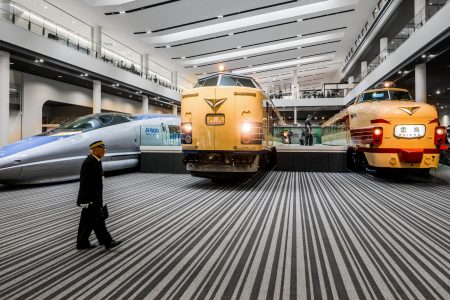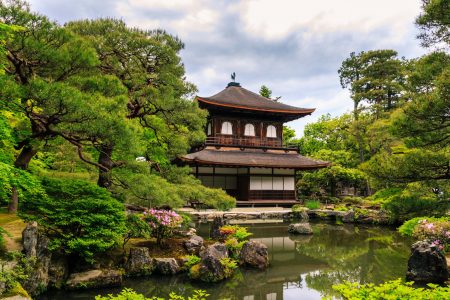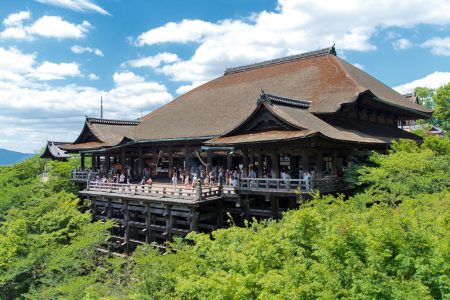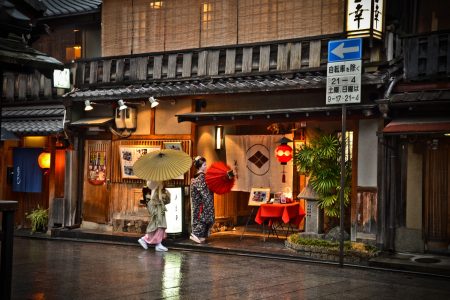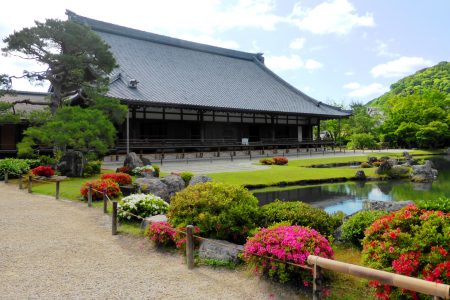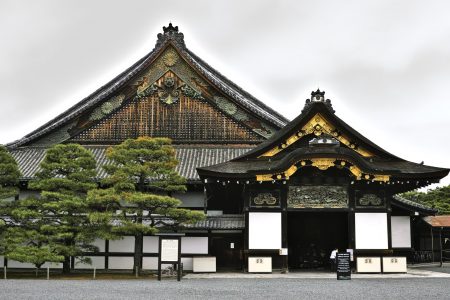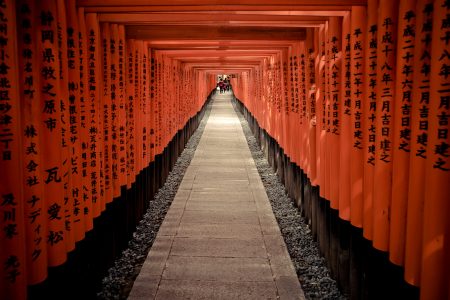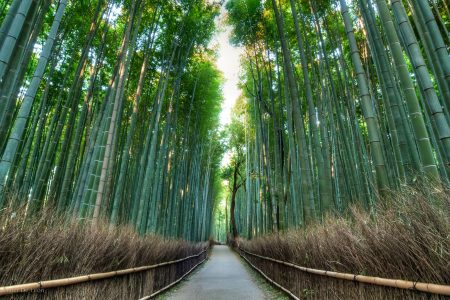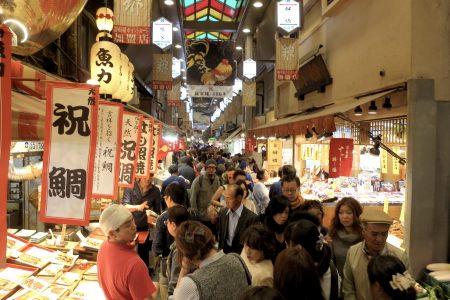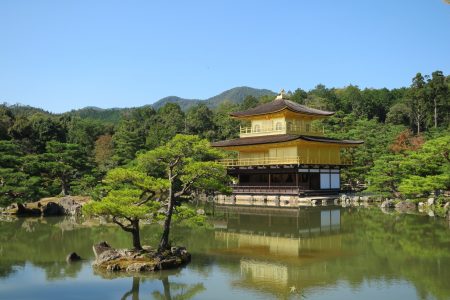Kyoto Railway Museum is a modern train museum where visitors can learn about the development of the train network in Japan, and how it contributed to the country’s modernization. Kyoto Railway Museum opened in 2016 right in the middle of the historic city of Kyoto. With 53 full-size trains on display, train lovers will need …
